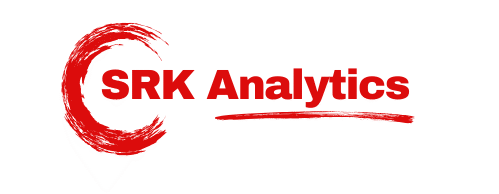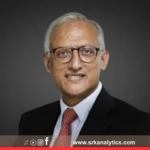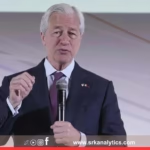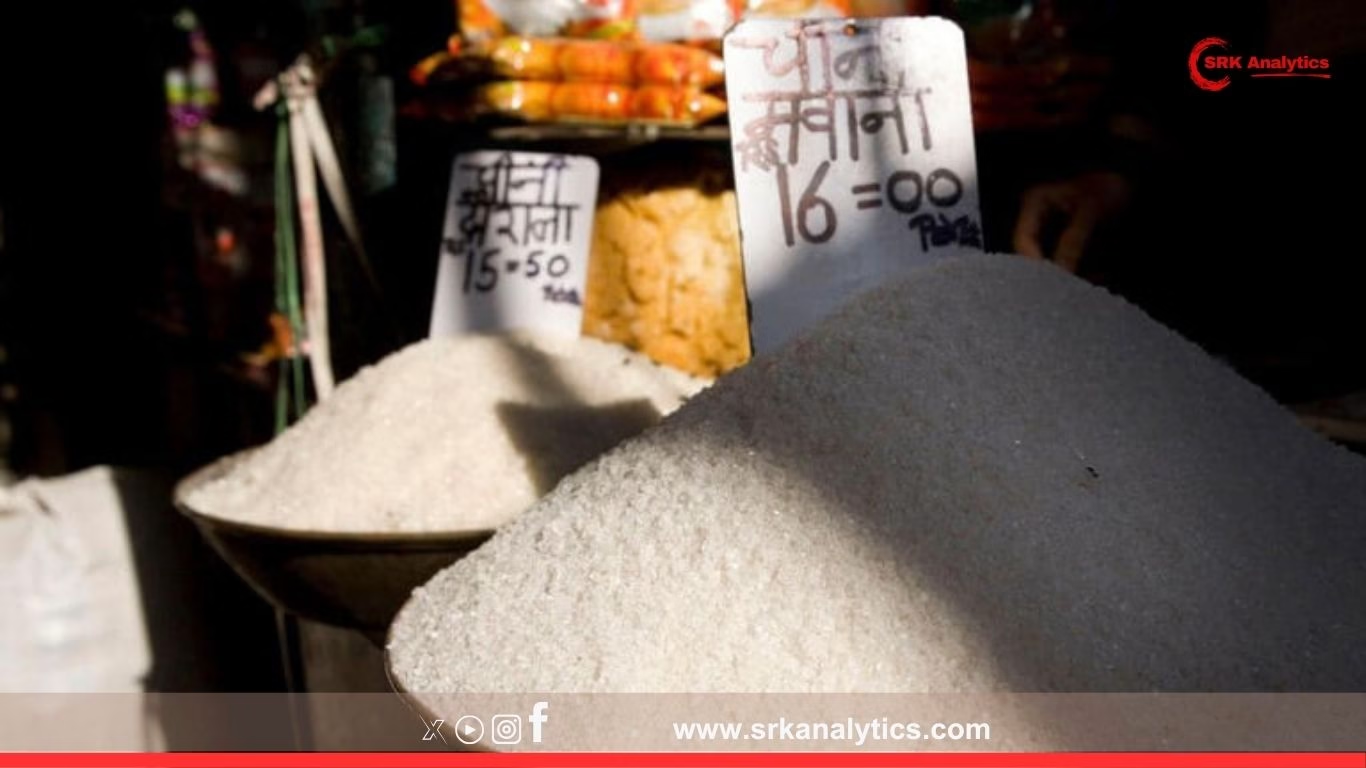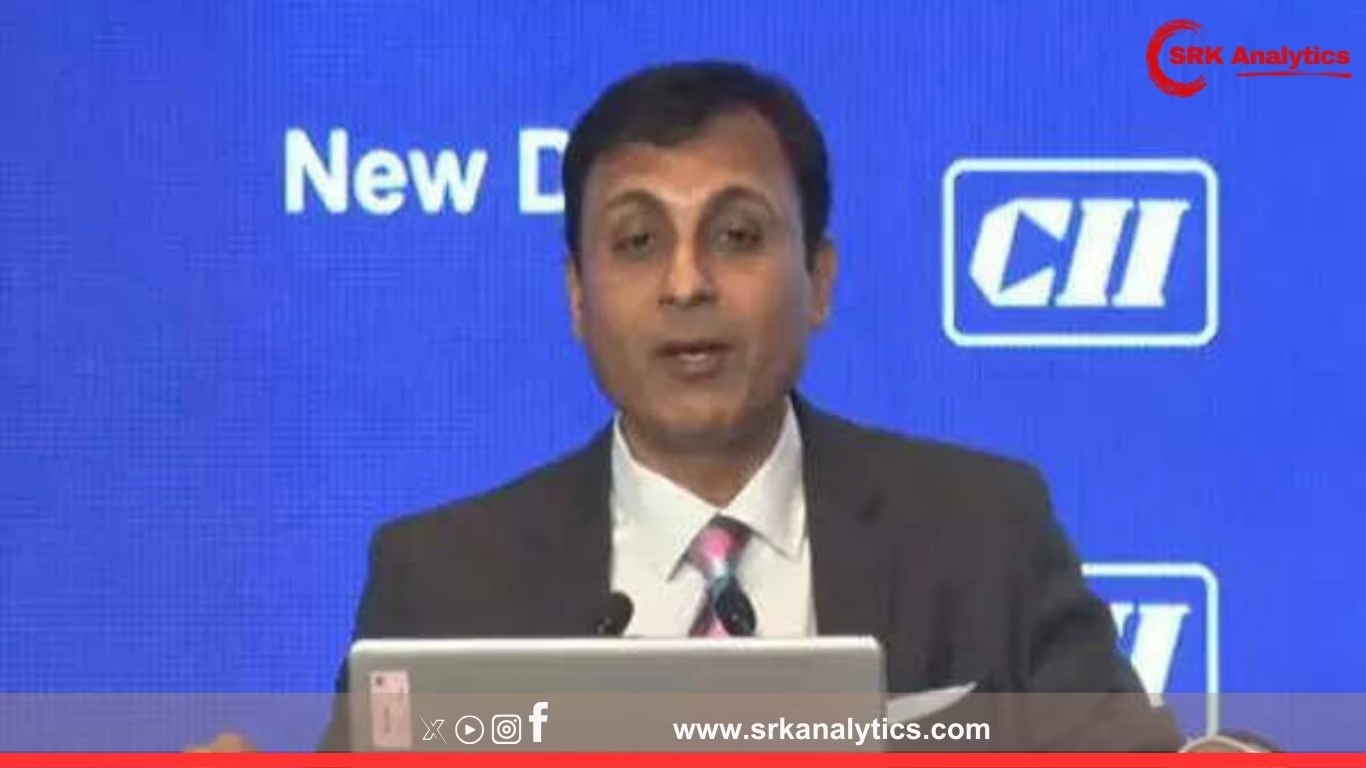India’s economic engine continues to display resilient momentum, with GDP growth for FY26 projected at 6.3%, driven significantly by robust informal sector expansion and steady consumption demand, according to recent official estimates and market economists’ analyses.
Key Highlights
- April-June (Q1 FY26) GDP Growth: Estimated at 7%, reflecting strong consumption and services revival.
- Informal Sector Contribution: Major boost from informal trade, small manufacturing units, and daily-wage driven services, accounting for over 45% of incremental growth.
- FY26 GDP Growth Projection: 6.3% overall, indicating stable expansion despite global headwinds.
Detailed Quarterly Performance
| Quarter | Estimated Growth Rate (%) | Key Contributors |
|---|---|---|
| Q1 (Apr-Jun) | 7.0 | Informal sector, services, domestic demand |
| Q2 (Jul-Sep) | 6.1 | Festive demand, auto sales, agriculture |
| Q3 (Oct-Dec) | 6.3 | Manufacturing, infra push |
| Q4 (Jan-Mar) | 5.8 | Exports stabilisation, tax buoyancy |
| FY26 Overall | 6.3 | Balanced across sectors |
Informal Sector: The Underrated Growth Engine
According to economists from SBI Research and the Ministry of Statistics, the informal sector (unorganised micro units, daily-wage services, and rural non-farm enterprises) has outpaced formal sector growth in Q1 FY26. Key drivers include:
- High-frequency indicators:
- Retail fuel sales up 8% YoY
- Power demand in rural clusters up 12%
- GST collections from small traders grew 15% in Q1
- Agricultural support:
Good rabi harvest bolstered rural spending, benefitting small FMCG, transport, and kirana retail businesses. - Construction activity:
Expansion of rural roads, PM Awas Yojana housing completions, and MNREGA-related projects increased informal sector employment and incomes.
Sector-Wise Performance Snapshot (Q1 FY26)
| Sector | Growth Rate (%) | Key Trends |
|---|---|---|
| Agriculture | 3.4 | Steady rabi output, allied dairy/fisheries growth |
| Manufacturing | 6.2 | Recovery in textiles, pharma, small auto ancillaries |
| Construction | 10.1 | Rural infra push, real estate revival |
| Trade, Hotels, Transport | 8.9 | Informal retail, logistics, hospitality rebound |
| Financial, Real Estate Services | 6.8 | Strong retail credit, housing sales |
| Public Administration & Defence | 4.1 | Normal spending cycle |
Informal Vs Formal Sector Contribution
| Parameter | Formal Sector | Informal Sector |
|---|---|---|
| Share in Q1 growth | 55% | 45% |
| Employment | 20 crore | 40 crore |
| Key Drivers | Large manufacturing, IT, banking | Micro traders, small units, rural services |
Economists emphasise that capturing informal sector data accurately remains a challenge, but proxy indicators (fuel, power, GST, transport demand) indicate its strong resurgence post-pandemic.
Government & RBI Views
Finance Ministry Economic Division:
“The 7% Q1 GDP print is led by sustained consumption demand, rural recovery, and stabilising manufacturing growth. Full-year growth is expected at 6.3%, aligning with the fiscal targets under the Union Budget 2025-26.”
RBI Monetary Policy Statement (June 2025):
“Economic activity remains robust, supported by improved rural demand and services sector expansion. Risks remain from global commodity prices and weather uncertainties.”
Factors Supporting FY26 GDP Growth
- Infrastructure Push:
Capital expenditure under National Infrastructure Pipeline (NIP) continues to drive core sector growth. - Private Consumption Recovery:
Urban spending on discretionary items and rural demand for FMCG, telecom data, and mobility solutions remain firm. - Credit Growth:
Banking sector credit growth remains 12-14% YoY, indicating healthy investment and consumption appetite. - Manufacturing Incentives:
PLI schemes are catalysing investments in pharma, auto components, electronics, and solar modules. - Services Expansion:
Contact-intensive services, hospitality, and aviation are witnessing multi-quarter highs in demand.
Risks To Growth Outlook
- El Niño Impact:
Potential uneven monsoon affecting kharif output and rural incomes. - Global Headwinds:
High US interest rates, geo-political tensions (Red Sea disruptions, Russia-Ukraine) may dampen exports. - Persistent Inflation Pressures:
Food inflation spikes remain a risk despite stabilisation in fuel prices.
International Ratings & Institutions’ Growth Forecasts
| Agency | FY26 Growth Projection (%) |
|---|---|
| IMF | 6.5 |
| World Bank | 6.4 |
| ADB | 6.7 |
| RBI | 6.3 |
India continues to be the fastest-growing major economy globally, with consistent upward revisions by agencies due to resilience in domestic demand and reforms-led productivity gains.
Expert Commentary
Dr Soumya Kanti Ghosh, Group Chief Economic Advisor, SBI:
“Growth remains broad-based, and informal sector revival is an encouraging sign for employment generation and inclusive economic expansion.”
DK Joshi, Chief Economist, CRISIL:
“6.3% growth is a realistic projection, given global uncertainties. However, private investment revival and monsoon performance remain crucial variables.”
Way Forward: Policy Priorities
- Strengthening informal sector productivity:
Expanding access to credit, formalisation incentives, and digital market linkages. - Agricultural Reforms:
Focus on value chains, cold storage infrastructure, and farmgate processing to sustain rural incomes. - Export Competitiveness:
Resolving trade barriers and logistics bottlenecks to accelerate goods and services exports. - Skill Development:
Enhancing skilling for youth to match manufacturing and services expansion needs.
Conclusion
India’s economy is projected to grow at a stable 6.3% in FY26, anchored by 7% Q1 growth driven significantly by informal sector resurgence. With continued infrastructure investments, rural revival, and proactive policy support, India is poised to maintain its global position as a resilient and fastest-growing major economy despite external uncertainties.
Disclaimer:
This article is based on official GDP estimates, Ministry of Finance releases, and market economist reports. It is intended solely for informational and journalistic purposes. Readers are advised to consult the Ministry of Statistics and Programme Implementation (MoSPI) and RBI publications for verified macroeconomic data and final quarterly revisions.
